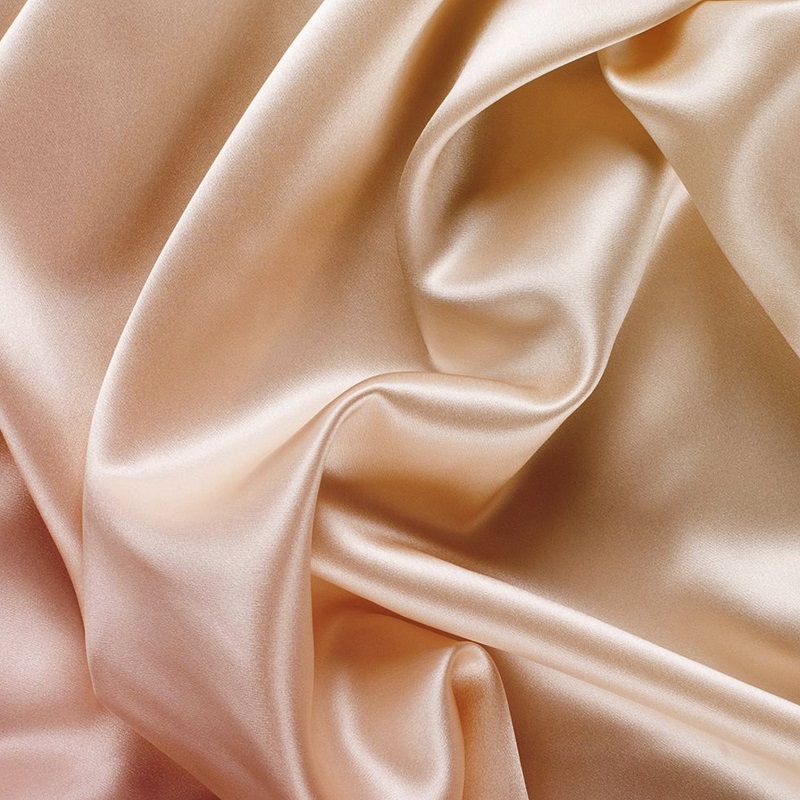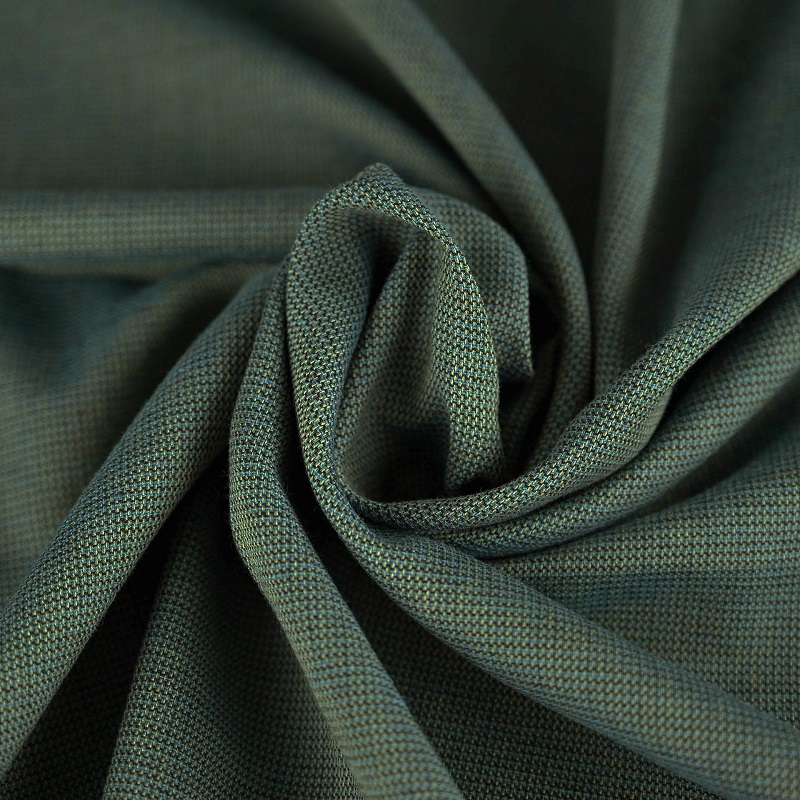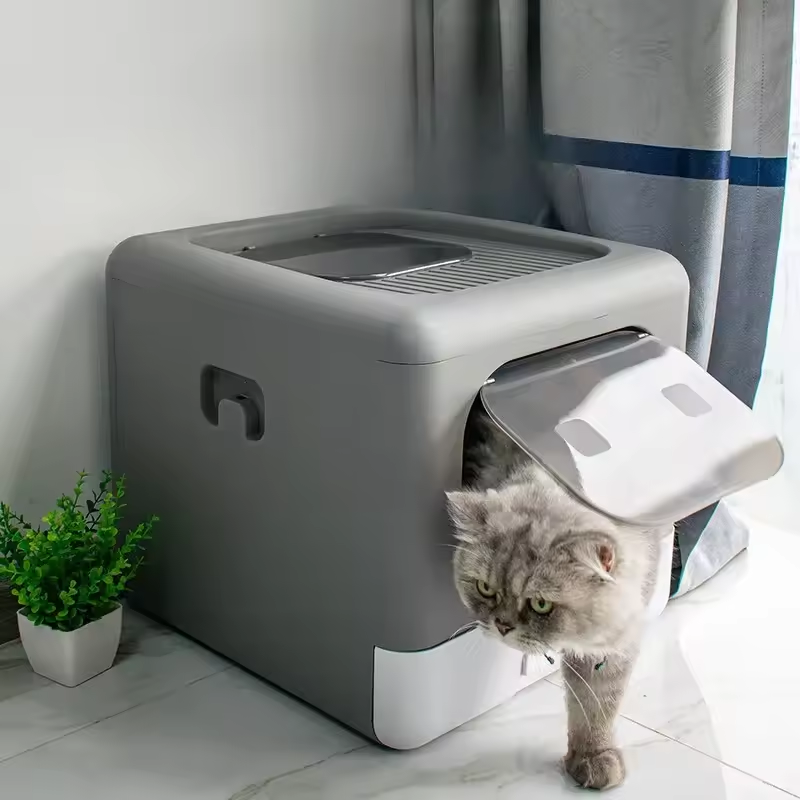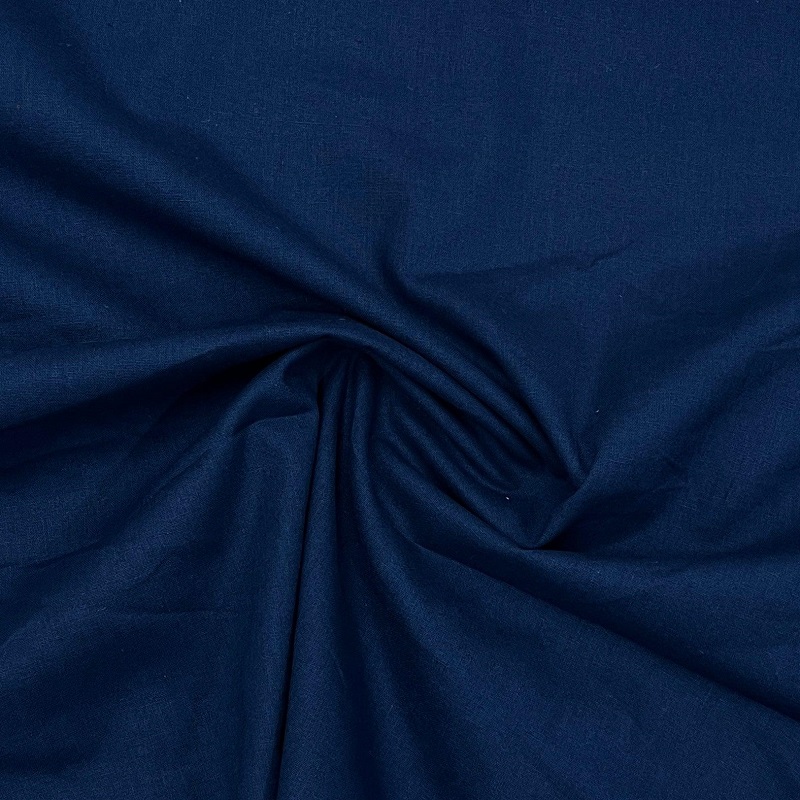Understanding Oil Stains and Their Challenges
Why Oil Stains Are Difficult to Remove
Oil stains on fabric can be particularly stubborn due to the nature of oil. Unlike water-based stains, oil doesn’t dissolve in water, making it challenging to lift from fibers. Oils are hydrophobic, meaning they repel water, so traditional washing methods often fail to break down the oil and remove the stain. Additionally, oil stains can penetrate deeply into fabric fibers, making them even harder to treat.
The Science Behind Oil Stains
Oil stains occur when oil, whether from food, machinery, or other sources, interacts with fabric. The oil bonds with the fibers in the fabric, which can cause a discoloration that is tough to lift. The chemical properties of oil make it resistant to water and many common detergents, which is why specialized cleaning techniques are necessary. Understanding this can help in choosing the most effective stain removal method.
Pre-Treatment Techniques for Oil Stains
Blotting the Stain
The first step in treating an oil stain is to blot the area with a clean cloth or paper towel. Blotting helps to absorb as much of the excess oil as possible before applying any cleaning agents. Avoid rubbing the stain, as this can push the oil further into the fibers, making the stain more difficult to remove.
Applying a Dry Absorbent
Once you’ve blotted the stain, apply a dry absorbent material such as baking soda, cornstarch, or talcum powder. These substances help to absorb the oil from the fabric. Sprinkle the absorbent generously over the stain and let it sit for at least 15-30 minutes. Afterward, gently brush off the powder or shake out the fabric to remove the absorbent and any residual oil.

Choosing the Right Cleaning Agent
Dish Soap for Oil Stains
Dish soap is highly effective for treating oil stains because it is designed to cut through grease and oil. To use dish soap, apply a small amount directly to the stain and gently work it into the fabric with your fingers or a soft-bristled brush. Allow it to sit for about 10-15 minutes before rinsing with warm water. Dish soap is particularly useful for food-related oil stains.
Commercial Stain Removers
For more persistent oil stains, commercial stain removers formulated specifically for oil and grease can be highly effective. Look for products that list grease-fighting properties on their labels. Follow the manufacturer’s instructions for application, which typically involves applying the remover to the stain, allowing it to sit for a specified period, and then laundering the fabric.
Washing and Rinsing Techniques
Washing in Warm Water
After treating the stain, wash the fabric in the warmest water temperature safe for the material. Warm water helps to break down and remove oil residues more effectively than cold water. Check the care label of the fabric for temperature recommendations, and avoid using hot water if the fabric is delicate or prone to shrinking.
Checking Before Drying
Before you place the fabric in the dryer, check to ensure the stain is completely gone. Heat from the dryer can set the stain, making it almost impossible to remove later. If the stain persists, repeat the treatment and washing process until it is fully removed.
Specialized Methods for Different Fabrics
Removing Oil Stains from Cotton
Cotton fabrics are relatively easy to treat for oil stains. Use a combination of dish soap and a dry absorbent powder as outlined earlier. For persistent stains, a mixture of vinegar and baking soda can be effective. Apply the mixture to the stain, let it sit for 15-30 minutes, then wash as usual.
Treating Oil Stains on Delicate Fabrics
Delicate fabrics such as silk or wool require special care. Avoid using harsh chemicals or high heat. Instead, treat the stain with a gentle detergent and a mild solvent like rubbing alcohol. Test any cleaning agent on an inconspicuous area first to ensure it does not damage the fabric.

Prevention Tips for Avoiding Oil Stains
Using Protective Covers
When dealing with oily substances, use protective covers or aprons to prevent stains from reaching your clothing. This is particularly useful in cooking or working environments where oil is frequently used. Protective measures can help minimize the need for stain removal and keep your fabrics looking fresh.
Immediate Action for Stains
Acting quickly is crucial when dealing with oil stains. The sooner you address the stain, the easier it will be to remove. Blot the stain and apply treatment as soon as possible to prevent it from setting into the fabric fibers.
Eco-Friendly and Natural Stain Removal Options
Homemade Stain Removal Solutions
For those interested in eco-friendly cleaning, there are several homemade solutions for oil stain removal. A mixture of lemon juice and baking soda can be effective for treating stains on various fabrics. Another option is a combination of hydrogen peroxide and dish soap, which can break down oil while being gentle on the fabric.
Sustainable Cleaning Practices
Using sustainable cleaning practices involves selecting products that are biodegradable and free from harsh chemicals. Many natural stain removers and eco-friendly detergents are available that offer effective cleaning power while being gentle on the environment. Look for certifications or labels indicating that products are environmentally friendly.
Advanced Techniques for Stubborn Oil Stains
Enzyme-Based Cleaners
For particularly stubborn oil stains, enzyme-based cleaners can offer powerful results. These cleaners contain enzymes that break down the proteins and fats in the stain, making it easier to lift from the fabric. Apply the enzyme cleaner according to the instructions, usually letting it sit for a specified time before rinsing. This method is effective for both fresh and set-in stains.
Steam Cleaning for Deep Stains
Steam cleaning can be an excellent option for deep or old oil stains that are resistant to other methods. The heat and moisture from the steam can help loosen the oil from the fabric fibers. Use a steam cleaner with a fabric attachment and apply the steam to the stained area. Follow up with a gentle scrub and rinse the fabric as usual.

Preventative Measures for Oil Stain Management
Regular Fabric Maintenance
Regular maintenance of fabrics can help prevent the occurrence of oil stains. Wash and treat fabrics promptly to avoid stains from setting. For garments prone to oil stains, consider applying a fabric protector or stain-repellent spray to create a barrier that can help resist oil penetration.
Stain-Resistant Fabrics
Opting for stain-resistant fabrics can be a proactive way to manage oil stains. Many modern fabrics come with built-in stain resistance, which makes it easier to clean and maintain them. These fabrics are treated to repel liquids and stains, reducing the likelihood of persistent oil marks.
Final Thoughts on Removing Oil Stains
Persistence and Patience
Removing oil stains can require persistence and patience. It may take multiple treatments to fully eliminate the stain, especially if it has set for an extended period. Regular care and timely action are key to achieving the best results.
Professional Cleaning Services
For extremely stubborn oil stains or valuable fabrics, professional cleaning services may be the best option. Professionals have access to specialized equipment and cleaning agents that can tackle tough stains effectively. Consider consulting a professional cleaner if you’re dealing with high-value items or persistent stains that home methods cannot resolve.
By employing these effective techniques and understanding t








